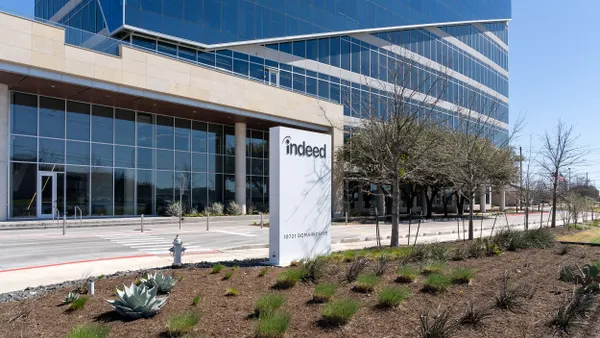There's nothing like first-day jitters. HR, as it happens, can do quite a bit to make that first day memorable — in both good and bad ways.
What was once "new employee orientation," a quick tour with piles of paperwork and swift introductions, is now "onboarding," a longer process that focuses more specifically on cultural alignment and employee acclimation. A new worker's first impression may be the interview phase, but the onboarding process is what can make or break a good employee experience. Getting it right matters.
To that end, the market has exploded with high-tech tools that promise to make onboarding more efficient and accessible. But the fundamentals — personality and performance — still require a distinctly human touch.
Below you'll find a refresher on all things onboarding and why it has posed such a challenge to HR departments over the years.
-
5 questions to help rethink your onboarding process
More employers are looking to create a process that shows new hires right away where they fit in — both in terms of culture and the company's strategy. Read More »
-
Let onboarding tech do the heavy lifting, but don't 'over-automate' the process
As tech promises to improve efficiency, HR can't lose sight of the need for personalization. Read More »
-
Why onboarding should be more than simple orientation
Despite the time and resources employers invest in hiring, 20% of new employees quit within the first 45 days, and 31% quit in the first six months. Read More »
-
New hires are twice as likely to leave employers that mishandle the onboarding process
It may be more important than ever to avoid onboarding mistakes and miscues, given the high-stakes nature of the job market. Read More »
-
Onboarding may be a 'pervasive pain point'
Nintex's examination of broken processes in the workplace asked why employees opted to leave their jobs and found that bad onboarding was a big reason. Read More »











